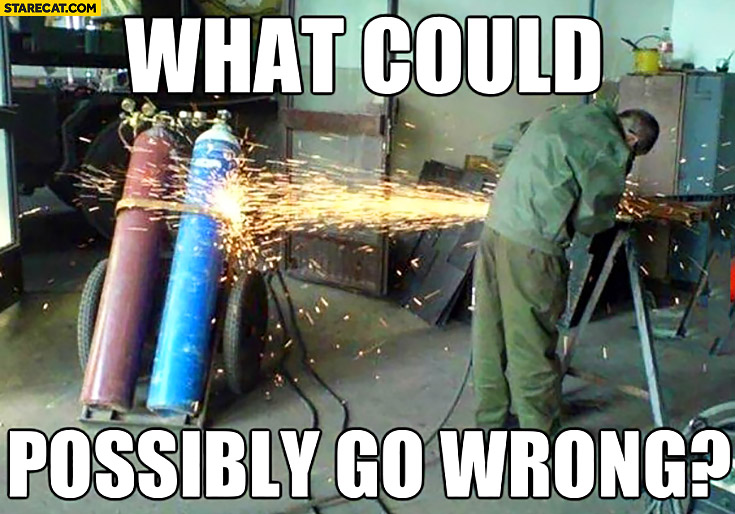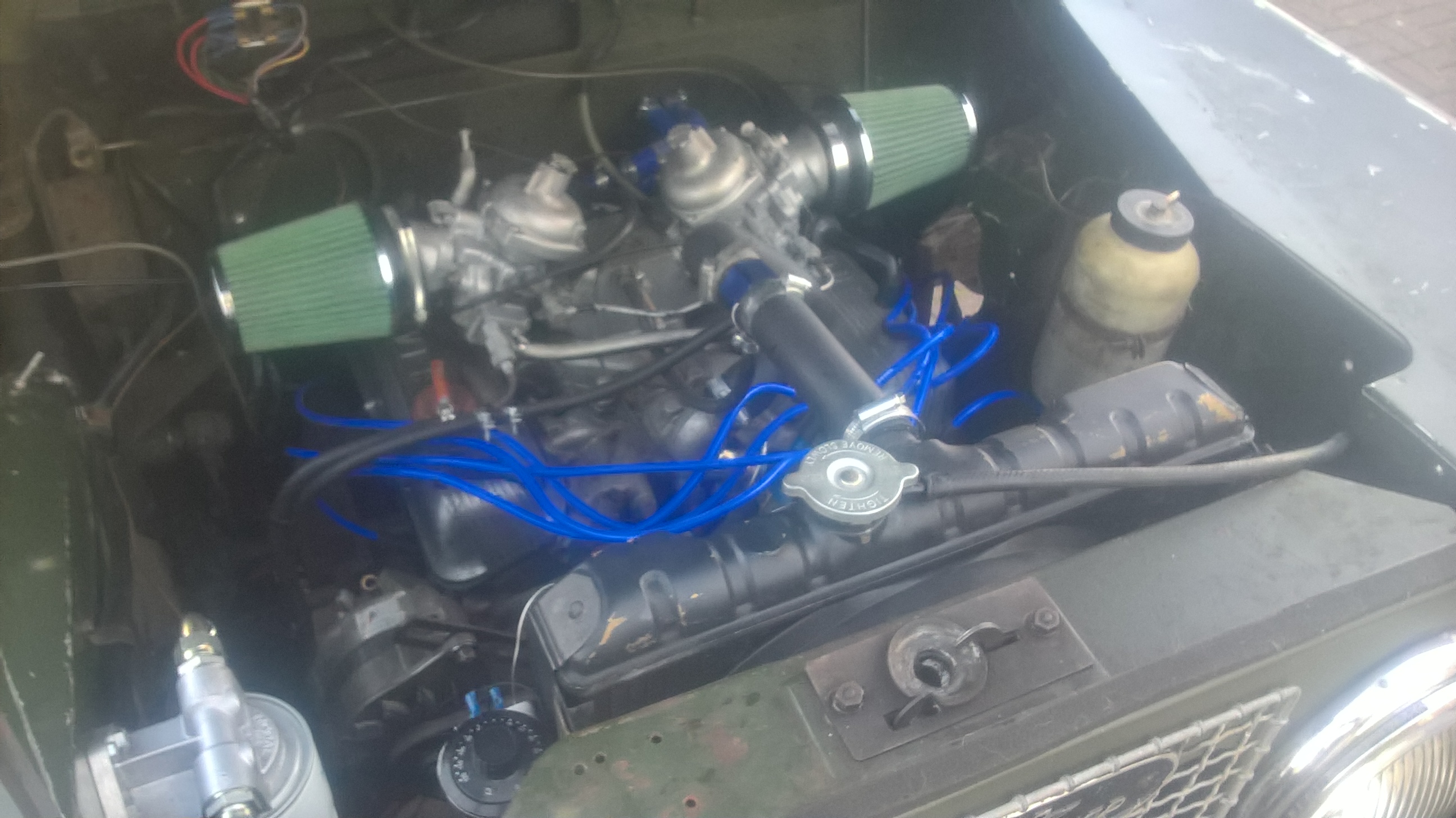Colthebrummie
Well-Known Member
- Posts
- 9,870
- Location
- Thatcham
mornin all.
I have a question that I hope someone can shed light on. My series 3 petrol station wagon is running well at the moment, touch wood. However, there is one little thing that I can't seem to solve. It's tick over speed is probably a little higher than it should be because if I set it to what it should be, it will stall when stationary on hills. If I'm in stop start traffic and I have to stop on a steepish incline, the revs drop quite noticeably when I take my foot off the accelerator and apply the handbrake. Driving up hills is no problem, well, relative to a series anyway, it's only when I have to stop. Any thoughts?
Col
I have a question that I hope someone can shed light on. My series 3 petrol station wagon is running well at the moment, touch wood. However, there is one little thing that I can't seem to solve. It's tick over speed is probably a little higher than it should be because if I set it to what it should be, it will stall when stationary on hills. If I'm in stop start traffic and I have to stop on a steepish incline, the revs drop quite noticeably when I take my foot off the accelerator and apply the handbrake. Driving up hills is no problem, well, relative to a series anyway, it's only when I have to stop. Any thoughts?
Col



